 Georges Seurat was born December 2, 1859 and died March 29, 1891. I have really enjoyed learning a bit more about this artist with my art class this last week. I specifically enjoyed reading up on his theories about color. As a neo-impressionist he was a great artist to touch on after having just worked on a van Gogh projects last week.
Georges Seurat was born December 2, 1859 and died March 29, 1891. I have really enjoyed learning a bit more about this artist with my art class this last week. I specifically enjoyed reading up on his theories about color. As a neo-impressionist he was a great artist to touch on after having just worked on a van Gogh projects last week.
I had forgotten how much I really love teaching art. Taking the job to teach art for my local art co-op class has already been such a blessing. I have often taught art for our homeschool groups over the years and it had been a while since the opportunity had arisen. It is a real blessing that I can do so again in my current location. I hope it also blesses the kids as well as the moms. Since lots of homeschool moms feel they can’t teach art, even though they really can, I am thankful that I can share what talent I have with them. After all, it’s all about supporting each other!
Paint Like Seurat Tutorial:
I chose to do a project last week with my students from Artree Magazine which inspired me in instructing my students for this Seurat lesson. It’s part of a wonderful 30 page sample issue from Artree Magazine on Color. I will surely get future ideas for my art co-op class from the Artee blog site. Eva gives wonderful ideas and suggestions for teaching art to kids weekly! Find additional art ideas from her Pinterest boards too!
Art Appreciation
 |
| A Sunday Afternoon on the Island of La Grande Jatte by Georges Seurat 1886 oil on canvas. |
First, I always talk about the artist and discuss a few of their art pieces. This lesson introduces pointillism as well. Basically it’s a technique that is a form of impressionism where the artist, using dots of color in certain places, gives the “impression” of an image. This cannot be seen close up but far away. Seurat was a master at this.
Practice a new skill- A Pointillism Color Wheel
With this part of the lesson I introduced two new concepts:
- The Color Wheel: Primary and Secondary Colors
- Painting only with “dots” or Pointillism

Pointillism Color Wheel
The first idea was to discuss the color wheel and the primary and secondary colors. I challenged the children to use this new concept by giving them only primary colors to begin with. So to get the orange, purple and green parts of the color wheel they hard to overlap the right primary dots so that it gives the impression of the desired secondary color. By doing this my objective was to give them an understanding of the following color concepts: the color wheel, primary and secondary colors, and how to mix colors to get the color you want. Second, I introduced painting only with dots. Kids usually want to use lines so it’s a new idea for them. This gives them practice just using dots. Then when they go to do the project for this lesson they understand what I am asking of them.
Applying a new skill- Pointillism Landscape

Whenever I teach I model for the children step by step. The image just above is how my example turned out. The collage below is how the children’s projects turned out. I totally love the children’s work more because it’s much more interesting and unique!
- Draw a light sketch of whatever your picture will be of: a fish, a beach, a star, in our case a tree.
- Begin adding dots in the desired colors. Since I only gave them primary colors, red-yellow-blue- for this project they got to experiment with mixing colors. (* Note: I get cracked up when moms don’t let kids mix colors because it is an essential art skill. Though I understand that we need to keep our materials nice there should always be some opportunity to mix!)

They sketched first and then painted.
I really encouraged the kids to use lots of colors. And to use certain ones for light effects and shadow to give their projects more depth. It’s really important guide them beyond not getting too stuck on using just one color.
The kids were really stuck on making their tree trunks brown so it was good to challenge them to make brown with only primary colors. For those that had suns in their image we also discussed what color the trunk might look on the sunrise side.
In addition, a tip: Using more paint..darker colors. Less paint? Lighter shades. Since we used no white or black paint for this lesson it was a wonderful opportunity to teach how to get the desired color, light or dark by controlling the amount of paint used.

[Return to Lesson by Artist Index]



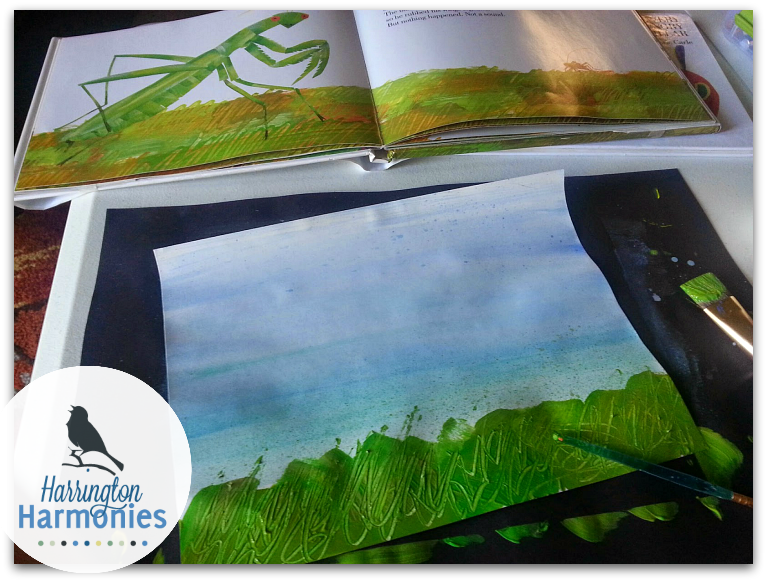
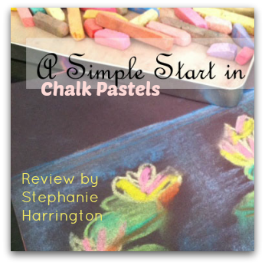
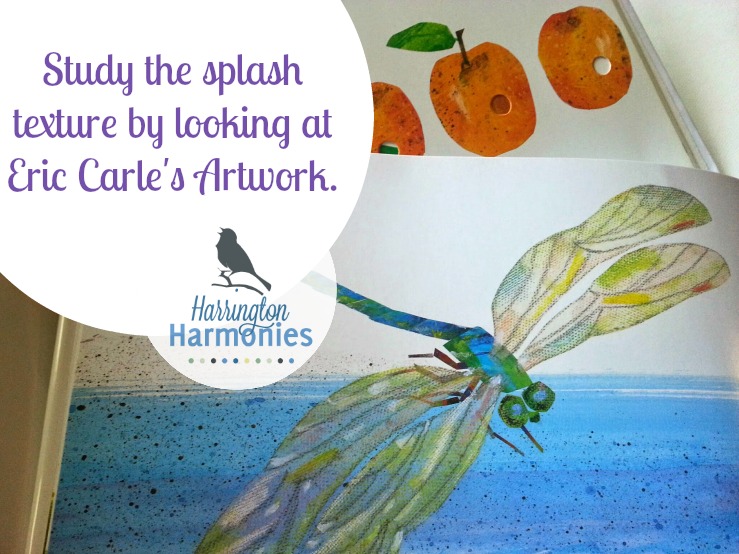


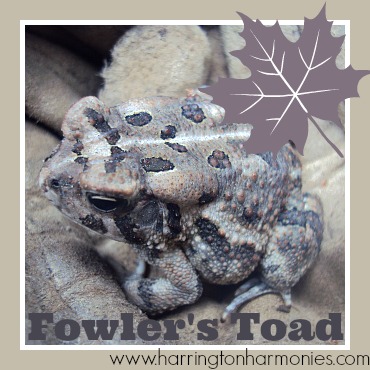




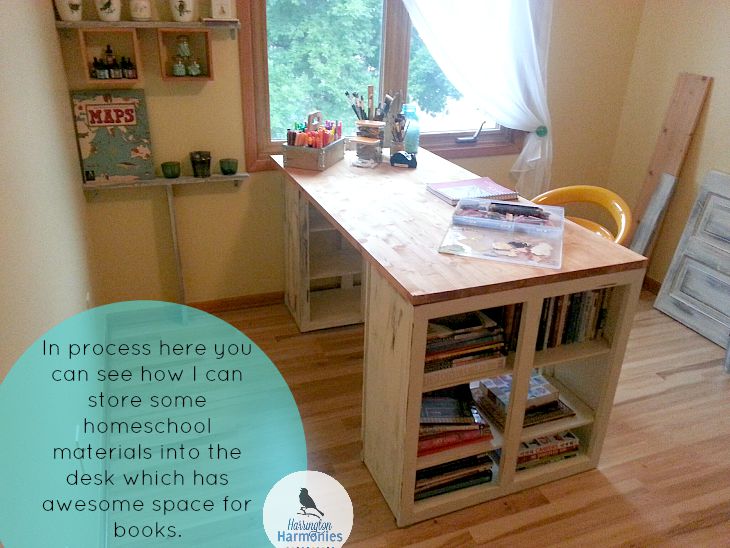






10 Comments
Casimir
Perfect for kids and grown ups.
Sarah
What type of paint did you use for this project?
Stephanie
Sarah we used tempera because it is less expensive and also easy to clean up with children. Most types are washable and won’t stain clothes. It is good to start with that. Later on, or perhaps for older children and teens, acrylic would be nice because it is less “see through” and looks great on any surface. But caution-Although it too is water based, once dry it will stain. I never use oil based paints with children. Hope you enjoy this project!
Sarah
Thank you!! 🙂
Amanda O
This is exactly what I was looking for! As a new homeschooling mom of three (frankly, a bit overwhelmed by planning out our days for my 7th, 5th, and 2nd graders), I have felt incapable of teaching them at. Thank you for this great resource… starting it today!
Stephanie
Excellent! That’s what these art tutorials are all about. Making teaching art easy for other homeschool moms. I hope you visit other lessons too when you need one!
Katie Sutton
Thanks for the wonderful post! Any ideas for gearing this project for young children (four to six-year-olds)? Is this a good activity for that age?
stephanie
I think just using a simple object would work (sun, butterfly, apple, etc. ). They could do the color wheel for sure, using a small plate and that would make it easier for them to complete.